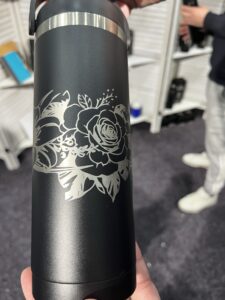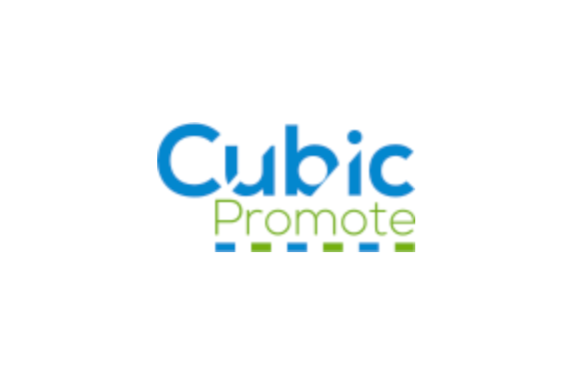What is Commercial Digital Printing on Paper?
Last Updated: 23 July 2025
Commercial digital printing on paper is a modern printing technique that uses modern technology to transfer designs, text, or images directly onto paper. Unlike other print methods, you do not require printing plates. It’s fast and cheap (for printers like ourselves), making it ideal for branding onto items like tearaway lecture notepads and sticky notes. Each page gets printed with logos, designs, or custom messages. Unlike older methods such as offset printing, digital printing relies on advanced printers that work much like your office inkjet or laser printer—but on a much larger, professional scale.
This process is perfect for creating full-colour prints, often with photo-finish quality. It is pretty fast, too, making turnaround times very quick. Whether a stack of notepads for a conference or branded sticky notes for office use, commercial digital printing delivers sharp, vibrant results with impressive efficiency. Let’s break down what makes it stand out.
Advantages
There are many advantages associated with digital printing.
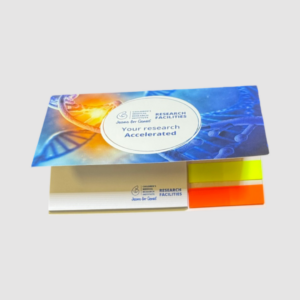
Full Colour Sticky Note Pad
1) High Speed—Setup time is minimal as there are no plates to create. Simply load up the paper, and the print process begins. This is why, most promotional products, printed paper-based products have the fastest turnaround times.
2) Great for both small runs and big runs. Not all commercial printing methods can claim this versatility
3) No Setup costs. As there are no printing plates, there is no setup cost.
4) High-quality print results with vivid colours
5) More Eco-friendly than other print methods. No heavy chemicals involved
Disadvantages
Digital printing isn’t perfect for every situation. Bulk print runs—like thousands of notepads—can get pricey compared to offset printing, which becomes more cost-effective at scale. The range of paper options can also be limited; some speciality finishes or textures might not play as well with digital printers. And while the quality is excellent, it might not always match the ultra-fine detail of traditional methods for specific high-end designs. Finally, ink costs can add up, especially for projects with heavy colour coverage across every page, like fully branded sticky notes.
How Is It Applied?
The process is straightforward yet precise. It starts with a digital file—your logo, tagline, or custom design—created on software like Adobe Illustrator or Photoshop.
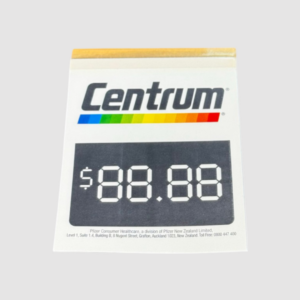
Full colour printed pad
That file gets sent directly to the printer, which uses toner or liquid ink to apply the design to the paper. For tearaway lecture notepads, sheets are printed, stacked, and bound with a tear-off edge. Each page is printed individually for sticky notes before being assembled into pads with the adhesive applied to one side.
Professional-grade machines handle the heavy lifting, ensuring every page looks consistent. The printer’s software fine-tunes colours and alignment, so your branding stays sharp on page one or page fifty. Once printed, the paper might go through finishing touches like cutting or stacking, depending on the product.
Examples of Products
Commercial digital printing shines in everyday branded items made from paper. Popular examples include:
- Custom Printed Regular Sticky Notes
- Custom Printed Shaped Sticky Notes
- Custom Printed Lecture Tearaway Notebook Pads
- Custom Printed Flyers
- Custom Printed Business Cards
- Custom Printed Memo Pads



